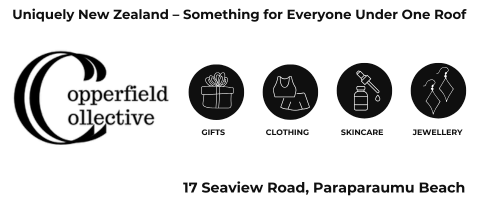The Automobile Association together with a number of Government agencies has recently reported on a Road Assessment Programme (KiwiRAP) in which over 10,000 kilometres of highway were inspected and rated according to the likelihood of a crash and its severity.
There were no sections with the lowest (one star) rating but quite extensive lengths of two star roading which have unsatisfactory features making for a high accident risk. The report will be a very valuable tool in a programme for increasing the safety of New Zealand roads.
However the programme did not look at roads with a speed limit less than 80 kph. This means that the very dangerous section of State Highway One through Pukerua Bay was not assessed. This three kilometres of road is much as it was when Centennial Highway was built in the late 1930’s with very poor alignment, poor roadside conditions and poorly designed intersections. These unsatisfactory features are combined with a high volume of through traffic and a large amount of local intersecting traffic to create a high accident risk. Strengthening work in progress to prevent the road from slipping away will bring some improvement to the roadside conditions but will not change the overall picture.
The star ratings are intended to draw attention to places where there is a high accident risk. There is a good case for including Pukerua Bay, and any other similar sections of the main highways with low speed limits but unsafe features and high traffic counts, in the ratings.
On the face of it Pukerua Bay would be lucky to get anything better than a one star rating.
Transmission Gully Motorway is expected to reduce the traffic through Pukerua Bay and is cited as an excuse for inaction at Pukerua. However TGM is at least twenty years away it is on phase 2 of the programme to develop roads of national significance which means work is not scheduled to start for 10 years and construction will take 10 years. Given the history of such things a much longer wait is quite likely.
Even with Transmission Gully Motorway there will still be a significant volume of through traffic at Pukerua Bay. It may be possible to force the heaviest traffic to use the mountain road and grind their way up the steep hill to the Wainui saddle. But it will be impossible to prevent lighter trucks, particularly to and from the growing commercial area of Porirua, from taking the direct route along the coast. And both local motorists and tourists are likely to favour the more scenic route.
Pukerua Bay should be included in the KiwiRAP survey to draw attention to the strong case for getting on with building a Pukerua Bay by-pass.




